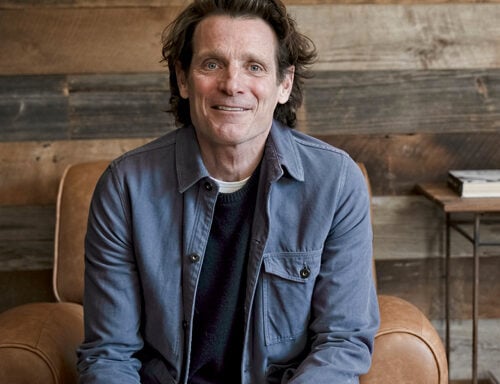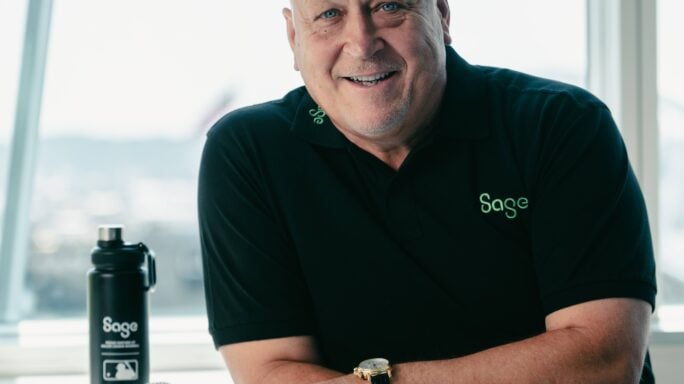People & Leadership
HR leaders share their biggest failure and what it taught them
From taking on too much, to overcoming nerves in big meetings, four experts share their biggest failure – and what they learnt from it.

When we hear the word failure, we associate it with weakness and defeat.
Yet, when it comes to business, failure shouldn’t be treated as a dirty word. Ultimately, if you fail, you learn from it.
So, we set out to ask HR and People experts what their biggest failure has been in their career and, more importantly, what it taught them.
Not making the business case properly, says Ben Eubanks, Principal Analyst at Lighthouse Research & Advisory
The biggest failure I can recall is around trying to gain internal buy-in for a piece of technology that we needed.
My team was overwhelmed with paperwork and ongoing tasks and could never quite catch up on things, so I scouted out a piece of technology to help automate one of the most painful processes.
I planned a demo and brought in our leadership team to view the system, but when it came down to the business case, I hadn’t done my homework.
In the end, the system wasn’t purchased, and we continued to struggle with the process for several more years because I hadn’t done a thorough job of defining the value to the entire organization.
I learned that the comfort and workload of the HR team wasn’t a sufficient reason to purchase new HR technology. I needed to dig deeper into the data and understand what it was costing us.
Now, I’ve always prioritized building a comprehensive business case with an ROI (return on investment) analysis to highlight the value ever since.
While the decision hurt my pride, it gave me insights that I’ve never forgotten.
Member Masterclass: Talks from the world's leading experts
Learn how to find and keep great people. All Sage customers and partners have automatic access to Sage Membership, which includes Member Masterclass. For a limited time, this member resource is open to everyone.

Don’t replace what you love with simply more stuff, explains Perry Timms, Founder and Chief Energy Officer at People and Transformational HR
I was enjoying my job, creating my own work and serving the demands of my internal clients.
Then, in a short space of time, I took on a whole load of responsibility, effectively managing a whole new team and then leading on a major project.
Before I knew it, I wasn’t enjoying the work anymore. I was just stacking on more.
That led to quiet discord with the job, and feelings of being overwhelmed and out of control, poor decision-making, relationship fractures and doing bad things to take shortcuts.
I was eventually signed off with stress-related illness. It was tough to face everything that had happened, and it was tough walking away.
Then the soul-searching began and eventually the reinvention. Now I’m loving what I do even more than I could’ve dreamed.
The lesson I learned was don’t replace the love of something with simply more stuff to distract you. If you’re not doing what you love, engineer your way towards what you really do love.
Being busy is no substitute for the quality and caliber of work or an excuse for not maintaining work relationships.
It wasn’t that I didn’t love being busy, it was that I wasn’t busy doing what I loved.
Jon Thurmond, Regional Human Resources Manager at Team Fishel, and host of the #HRSocialHour, learnt lessons about himself and others when he was promoted earlier in his career
I was the youngest person on my team and the least tenured with the company. I didn’t do the best job of ingratiating myself with my peers. Suddenly, I was ‘the boss’. In my first year, several people left the organization.
However, I learned several things from that experience.
Firstly, not everyone comes to work for the same reason as you do. Secondly, while you may not be friends with everyone at work, it’s better to be friendly than not.
Finally, when you’re placed in a position of leadership, the perception of you changes. Be prepared to address that from the outset.
I’ve since made peace with several of those that I didn’t work well with after apologizing and acknowledging my shortcomings.
While it was an incredibly stressful challenge then, now I wouldn’t trade that experience for anything as I learned a great deal about myself and others.
I let nerves get the better of me, explains Esther Wallington, HMRC’s Chief People Officer
I had an important meeting where I had to influence a group of very senior colleagues with a niche interest in our work on engagement.
The meeting was very formal, and I knew what I was going to say.
I had my notes, I’d practiced, and it was a good presentation to get them interested. I walked into the room and the formality of the setting overcame me.
I opened my mouth and, intending to say something light-hearted to ease the tension, out came a comment that was something I’d heard on the way to the meeting.
The comment took them by surprise, but not in a good way.
I gave my presentation and answered questions perfectly, but I’d lost personal credibility and with it, influence.
I learned a lot. It’s important to find methods to stop nerves blocking your ability to judge the room and respond appropriately.
I always mirror formality and, if it’s less formal, I relax and smile but always stick to the script.
How to embrace failure and learn from it
Failure isn’t something to be ashamed of – it’s part of the learning process.
So how can you show your people that it’s fine to fail? Here’s our top tips on how to support managers and employees to embrace failures and learn from them.
1. Encourage accountability
We learn and innovate when we make mistakes. But only if there’s a foundation of positive accountability and trust.
Make your organization one where you trust your employees to innovate, take risks, and tell them it’s fine to make mistakes if they own them, learn from them and make things better as a result.
2. Lead with vulnerability
It can be difficult to admit defeat. However, shame will only compound the problem.
When employees witness a leader taking accountability for mistakes in an open and transparent manner, even asking for feedback to improve their work, they build trust.
It’s not easy. Leading with vulnerability requires courage.
3. Share best practice
When we tear down the walls and start to share best practices between departments and people, we create better workplace practices and methods.
Share your mistakes and successes so that others can learn from them.
Everyone fails at some point – it’s how you fail that’s important
People naturally associate failure with negativity, whether that be shame or punishment.
Yet, it’s only by trying new things, sometimes failing, and learning from them, that innovation and creativity can truly flourish.






Ask the author a question or share your advice